Quinoa: Why You Need to Eat More of This Superfood
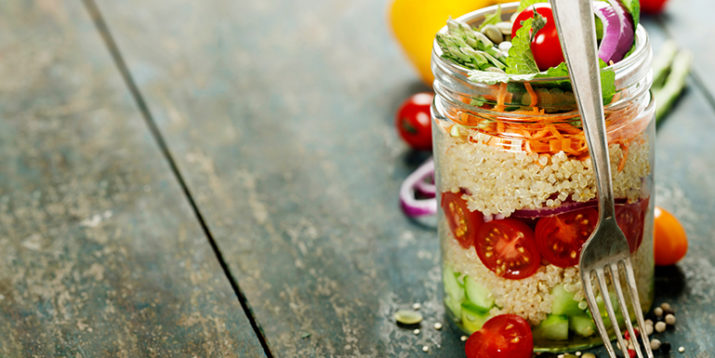
A few centuries ago, when the Incas were expanding their territory from Ecuador to Chile, their warriors relied on “war balls” — a rolled-up blend of quinoa and animal fat — to keep their energy up during long marches. (Building an empire isn’t easy.)
Because quinoa was easy to grow and packed with nutrients, the Incas called it chisaya mama, or “mother of grains,” and they depended heavily on it for survival.
They were wrong about the “grain” part — quinoa isn’t a type of grass, so it’s technically a pseudocereal, not a grain — but they were right about the nutritional benefits.
(Fun fact: Quinoa is an ingredient in Shakeology!)
And the Incas weren’t the only ones ahead of the game on quinoa. In 1993, NASA researchers — who were looking for ways to keep astronauts healthy on long journeys — suggested quinoa as sustenance for long-term space missions because it’s rich in protein, versatile enough to mix with other foods, and easy to grow in controlled environments.
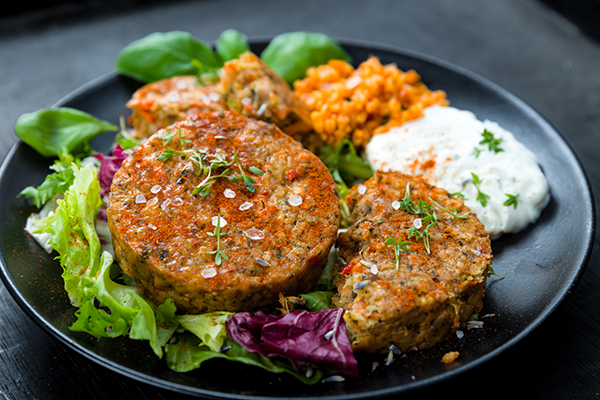
Quinoa Nutrition Facts
Okay, so quinoa is popular among ancient warriors and astronauts, but why should you add quinoa to your diet?
Well, if you’ve ever turned on a computer, you’ve probably seen countless articles about the incredible health benefits of “superfoods.”
Here’s the thing: There’s no official designation or criteria for superfoods; they’re really just healthy, nutrient-dense foods, like salmon, kale, nuts, and, of course, quinoa.
Here are four reasons to make this superfood a staple in your meal plan:
1. It’s a complete protein
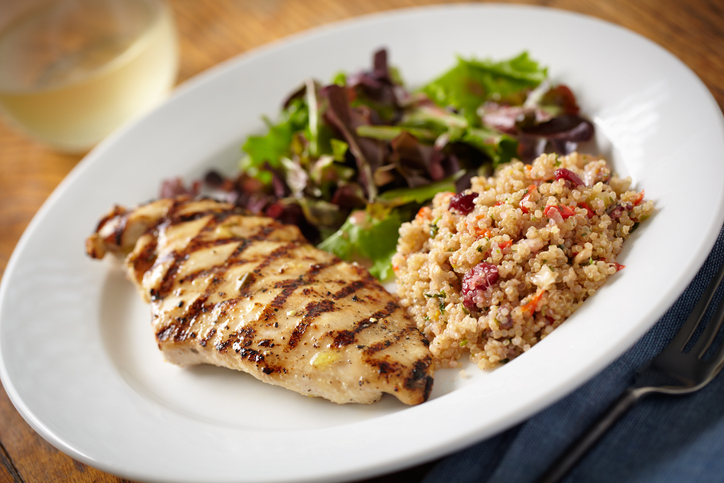
One cup of cooked quinoa contains eight grams of protein, which is nearly double the amount found in rice and other grain-like foods.
And there’s even better news for vegetarians — quinoa is a complete protein source.
So… what’s a “complete” protein?
There are nine essential amino acids your body can’t produce, which means you need to get those amino acids from your diet. Complete proteins contain all nine of those essential amino acids.
Meat and eggs are complete proteins, but it can be a bit trickier to find meatless sources — so if you’ve been stuck in a tofu-and-tempeh rut, quinoa can help you switch it up.
2. It’s rich in lysine
One of those essential amino acids in quinoa is lysine, which may help your muscles recover more quickly after a workout. So how much lysine should you be eating? Whip out your calculator:
- First, you’ll need to divide your weight in pounds by 2.2 to find your weight in kilograms. If you weigh 150 pounds, that’s approximately 68 kilograms.
- You need at least 0.8 grams of protein for every kilogram of body weight — and even more, if you’re active. (But for the sake of keeping it simple, we’ll do the math based on that baseline of 0.8 grams.) If you weigh 68 kilograms, that means you need around 55 grams of protein.
- The Institute of Medicine recommends getting about 51 milligrams of lysine per gram of protein you eat. So if you’re eating 55 grams of protein, you need around 2,800 milligrams of lysine.
A cup of quinoa contains just under 500 milligrams. So does that mean you should scarf down six cups of quinoa in a day?
Well, no — at 222 calories per cup of quinoa, that would add up to more than 1,300 calories.
But it does give you one more meatless option for getting extra lysine into your diet.
3. It’s a great source of fiber
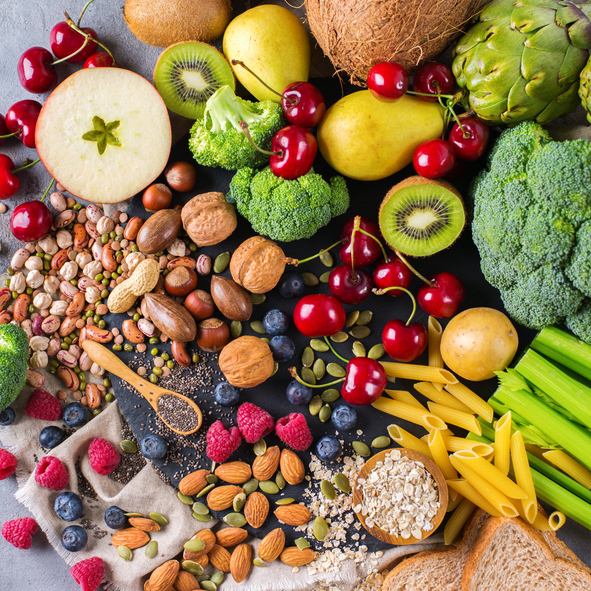
Fiber is an important part of any weight-loss plan — it can boost digestive health and help you feel fuller. A cup of quinoa contains five grams of fiber, giving it a serious edge over starches like white rice (0.6 grams per cup) and whole wheat bread (1.9 grams per slice).
4. It’s practically a multivitamin
Okay, that’s an exaggeration. But for something that tastes a lot like carbo-licious pasta, quinoa is a great source of a few key vitamins and minerals:
- B-complex vitamins. Quinoa contains several of these vitamins — including thiamin, riboflavin, niacin, B6, and folate — which help your body produce red blood cells and convert food into energy for workouts.
- Magnesium. Quinoa is an excellent source of this mineral, which supports bone health and benefits your muscles.
- Phosphorus. This is another super important mineral for bone health — phosphorus works directly with calcium to strengthen your bones and teeth.
One more vitamin-y perk: Quinoa contains 3.5 grams of fat, and most of it is the healthy, unsaturated fats that help your body absorb fat-soluble vitamins.
(Pro tip: Need ideas on how to eat right and get fit? Download our free “100 Ways to Lose Weight” guide here.)
How to Cook Quinoa
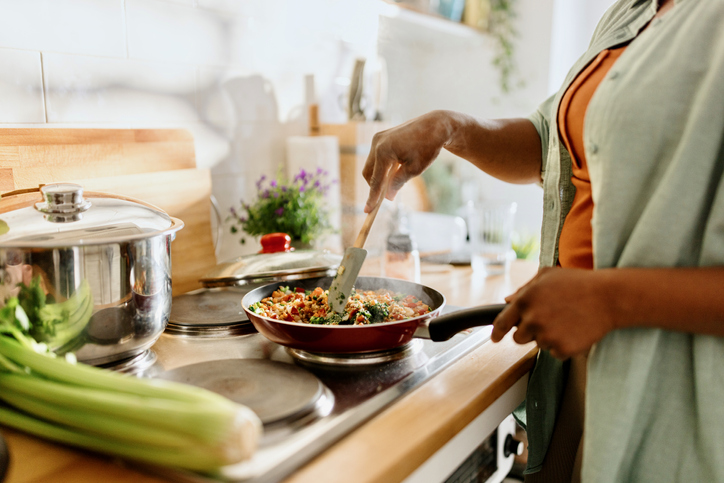
Ready to make quinoa a staple in your diet? Here’s how to make perfect, fluffy quinoa every time:
1. Use a fine mesh strainer to rinse.
2. Put one cup of water and two cups of quinoa in a pot.
3. Bring it to a boil, then reduce heat to bring it down to a simmer; cover for 15–20 minutes.
4. DON’T lift up the cover to see what’s going on — let your quinoa cook in peace.
5. Remove from heat and fluff with a fork.
Quinoa Recipes
Now that you’ve mastered how to cook quinoa, here are a few recipes to get you started:
